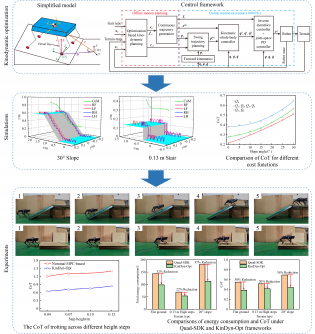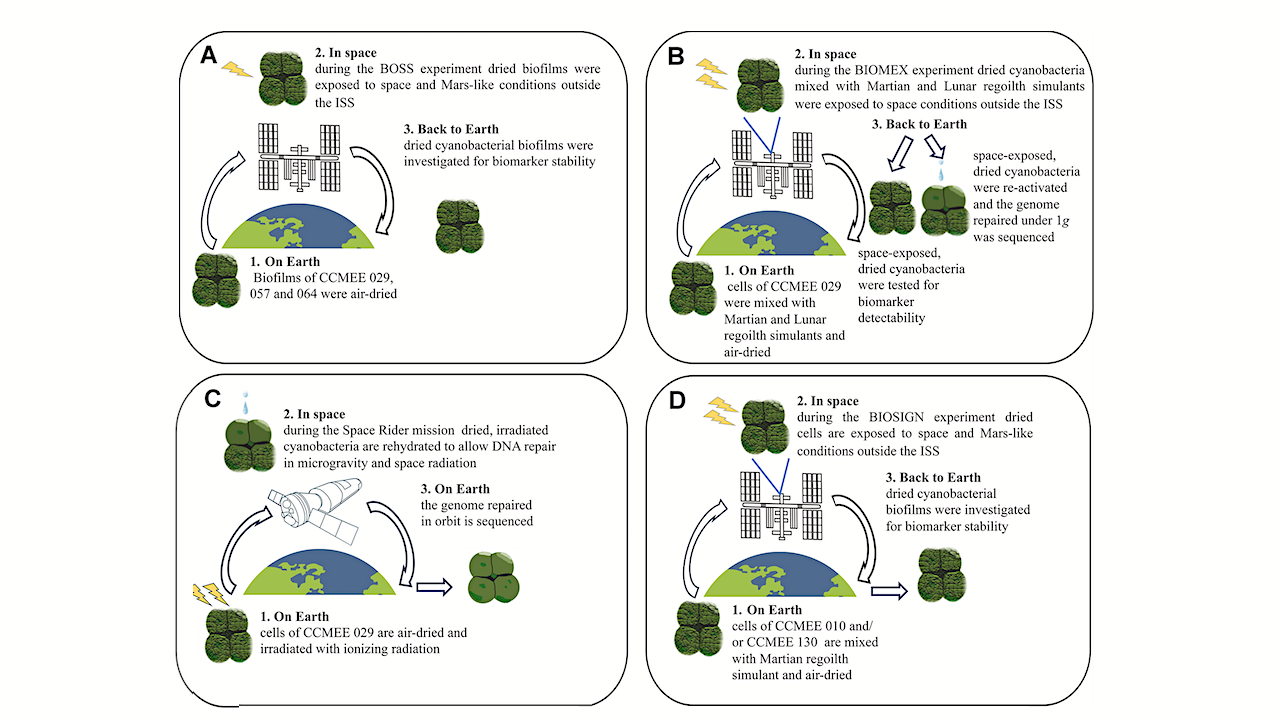Researchers have developed a revolutionary approach for enhancing the locomotion of quadrupedal robots across challenging terrains such as steep slopes and uneven surfaces. This advancement, detailed in the paper titled “Dynamic motion of quadrupedal robots on challenging terrain: a kinodynamic optimization approach,” addresses the limitations of conventional motion planning methods. The study is authored by researchers Qi Li, Lei Ding, and Xin Luo.
Traditional quadrupedal robots often rely on basic motion plans and reactive strategies to navigate irregular terrain. These methods typically result in inefficient movements, disrupted locomotion rhythms, and a failure to meet joint limits or avoid collisions. Existing motion planning techniques often separate foothold selection from torso movement, further complicating the optimization process. As a result, robots struggle to perform optimally over long task durations.
To overcome these challenges, the study proposes a kinodynamic optimization framework that treats motion planning as an optimization problem. By integrating the positions of the robot’s feet, contact forces, and torso movements as decision variables, the researchers aim to optimize both smooth motion and energy efficiency. The approach factors in terrain information, ensuring that foothold regions and friction constraints are effectively incorporated.
The optimization framework employs an anteroposterior sequence (APS) parameterization to describe the gait patterns of the quadrupedal robots. This allows for precise determination of each leg’s contact state throughout movement. The researchers utilized a simplified dynamic model that represents the robot as a rigid torso connected to four massless virtual legs, enabling them to analyze the system’s primary dynamics.
Key constraints were explicitly imposed to ensure the feasibility of the generated motions. These included kinematic constraints that limit foothold positions within an accessible workspace, contact constraints that align with terrain push requirements and Coulomb friction cone rules, and terrain constraints that match foothold positions to terrain heights while enforcing no-slip conditions. Additionally, torso state search space clipping was applied to keep torso states within reasonable limits.
The findings from this research indicate promising advancements in the capabilities of quadrupedal robots, particularly in navigating difficult terrains. The implications of this work could significantly enhance the functionality of robots in various applications, from search and rescue operations to exploration in challenging environments.
The full text of the study can be accessed at https://doi.org/10.1007/s11465-024-0791-5, providing a comprehensive overview of the methodologies and results. With this innovative kinodynamic optimization approach, the future of quadrupedal robotics appears to be more agile and efficient than ever before.







